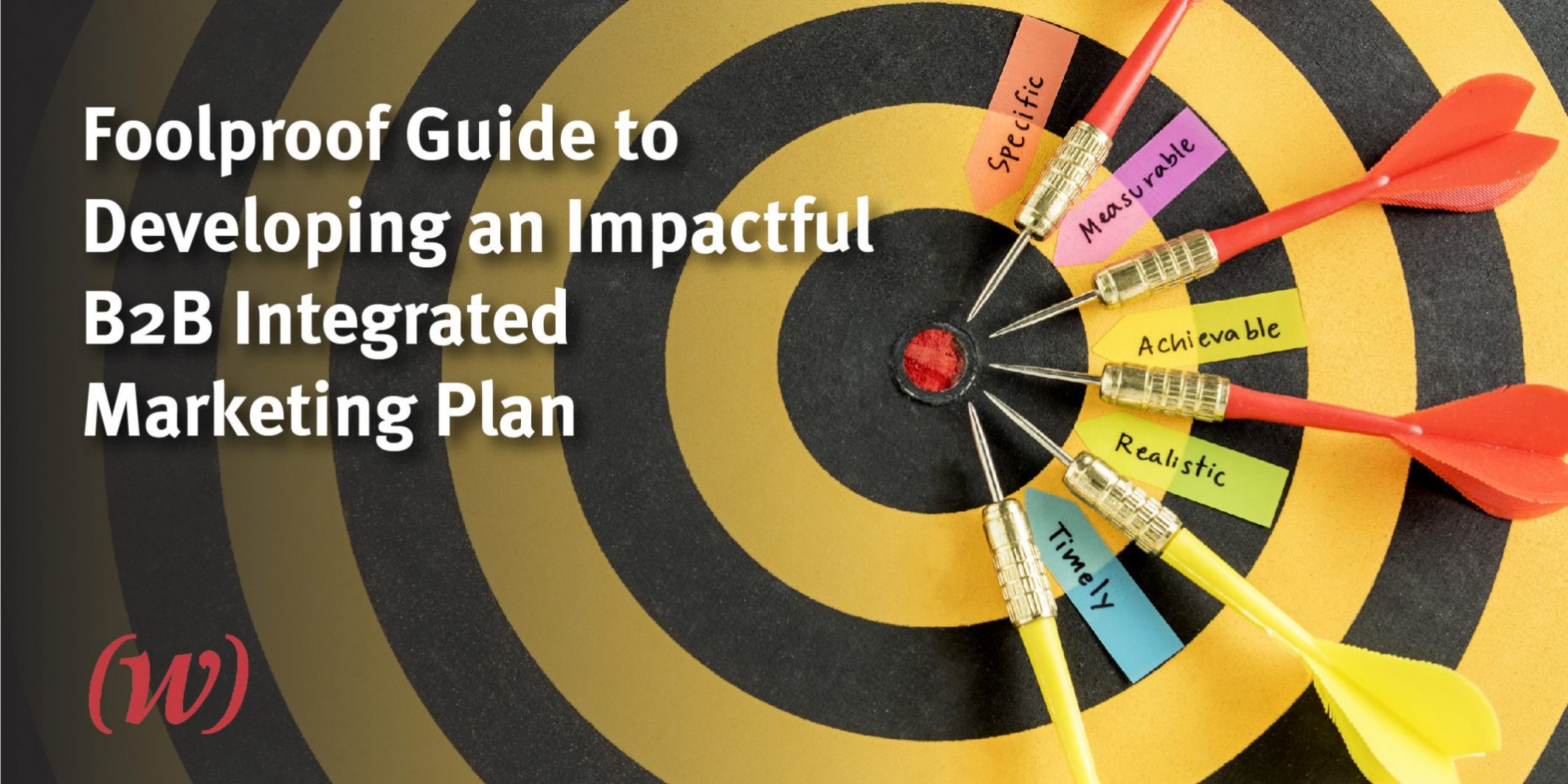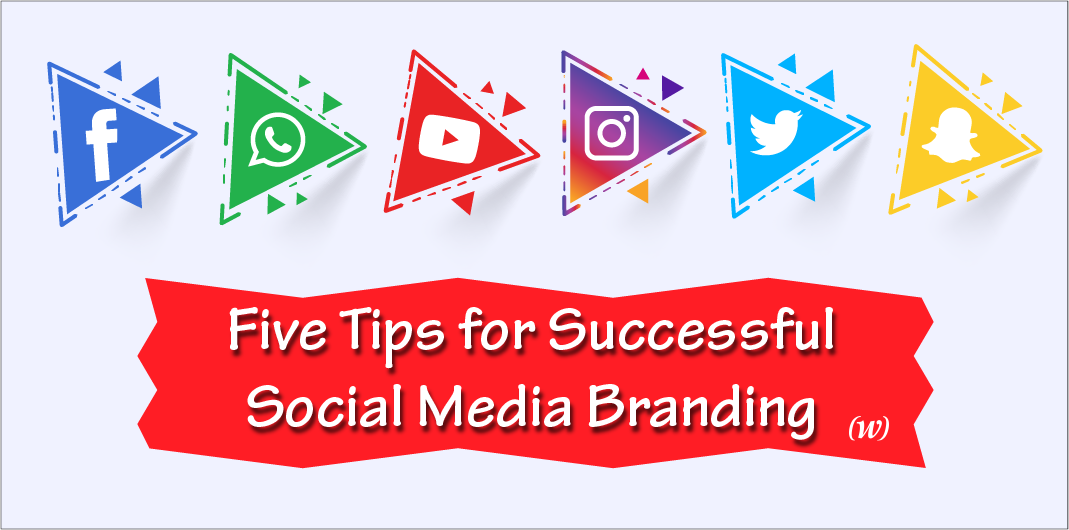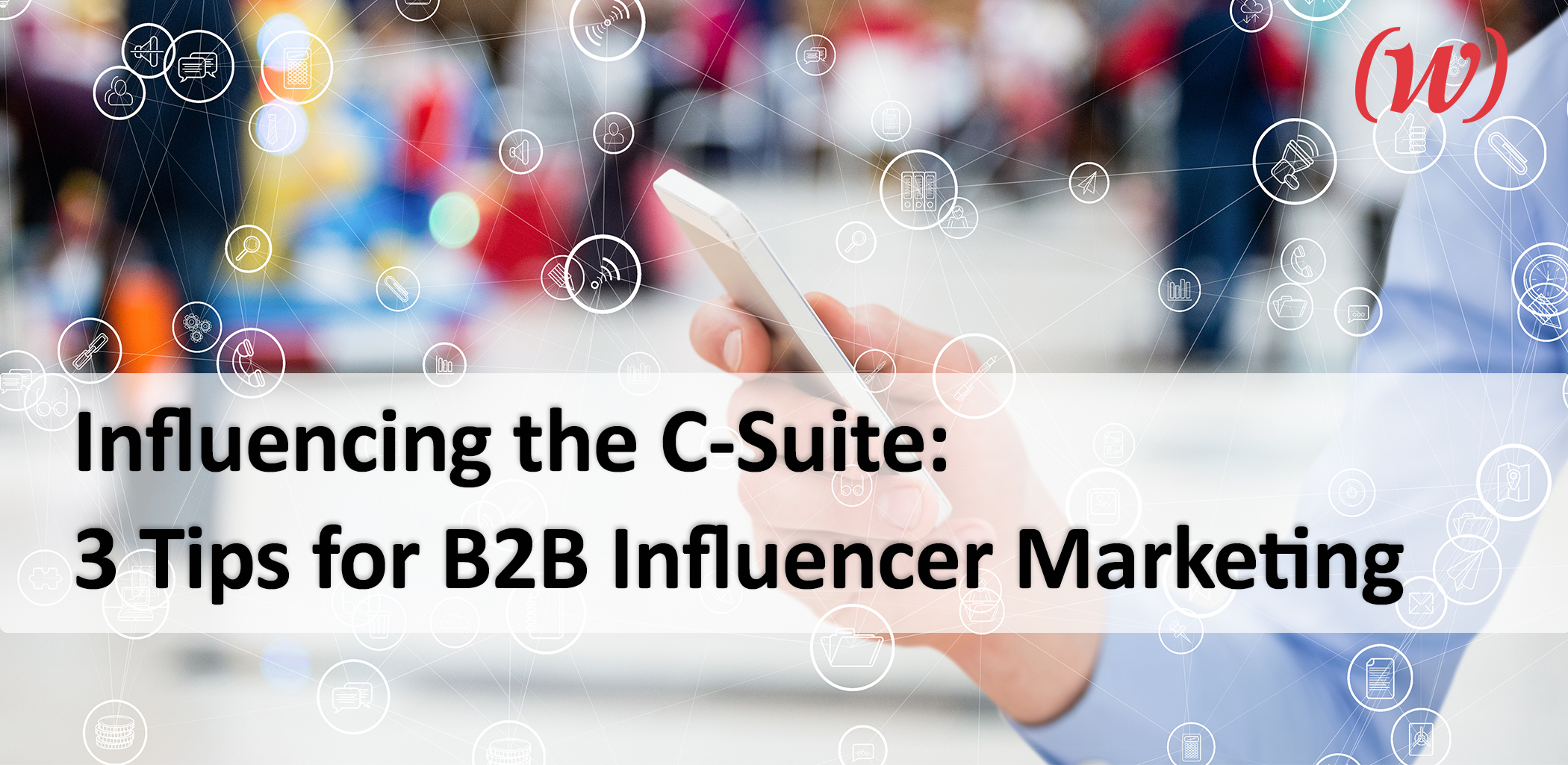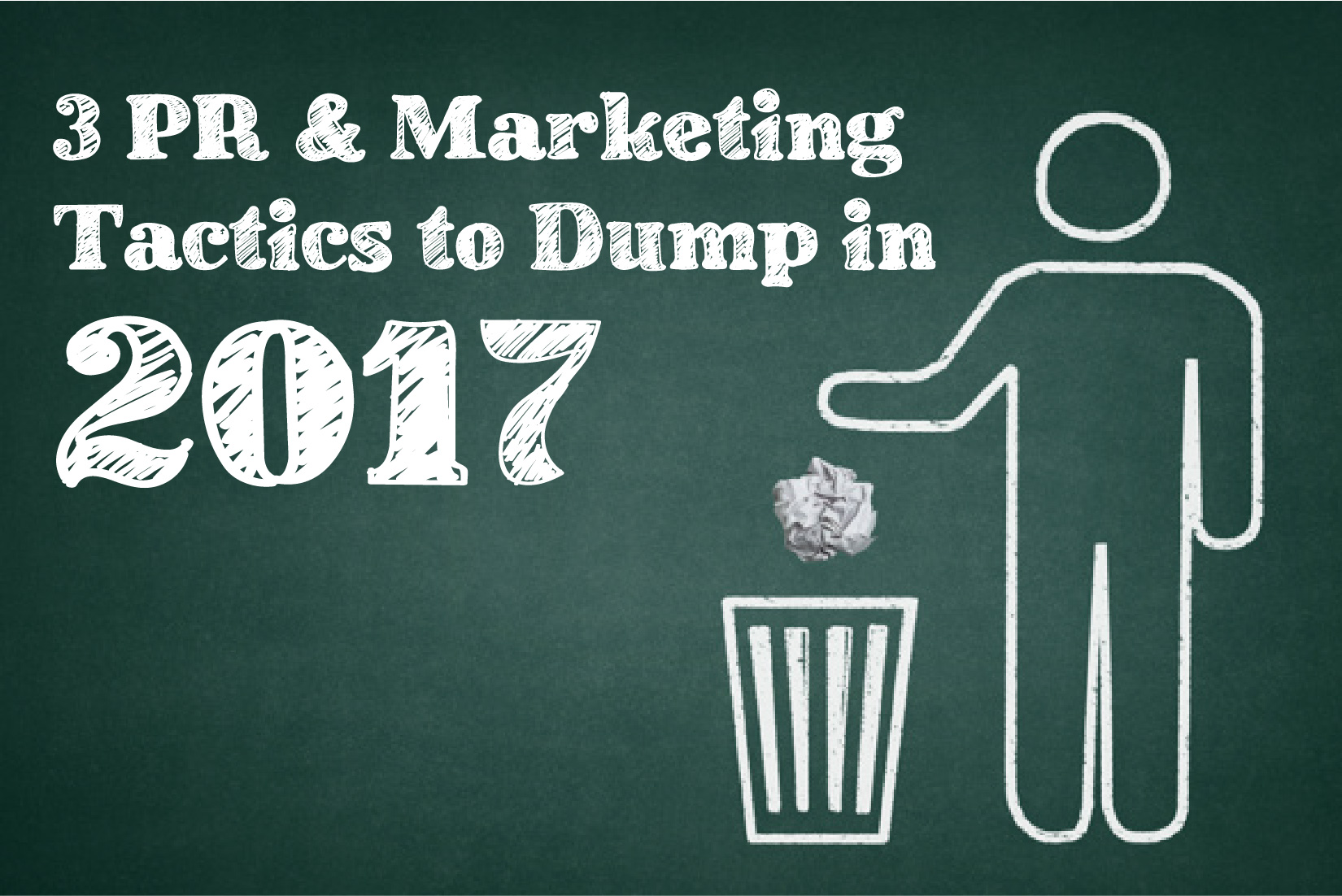By Chance Shay —Director of B2B and Infrastructure Development
Twitter: @ChanceShay
Marketing communications in silos doesn’t work. If your PR efforts aren’t aligned with your content marketing and your digital marketing is on a different frequency, you’re setting yourself up for a not-so-fun conversation with your CMO. In a time when the average attention span is eight seconds and where humans are producing the same amount of data in two days as was generated in all of human existence leading up to 2003, it’s easy to see why each individual marcomm channel is less effective in isolation.
But with a challenge comes an opportunity. By syncing up all of their efforts, marketers are able to make the overall impact of marcomm efforts far greater than their individual sums. This is integrated marketing.
Integrated marketing communications (IMC) is the only marketing strategy that is effective in 2017. It optimizes the communication of a consistent message from a brand to stakeholders by integrating communication channels and harnessing the benefits of each channel, which amplifies their impact beyond what they could achieve individually.
The entertainment industry has done this for years. At Comic Con, you’ll see the same message about a new movie being promoted on advertisements (paid), conveyed during interviews and editorial stories (earned), used on social media (shared) and said during the panel discussion with the movie’s stars (owned).
B2B brands have to take this same approach, but with a few key changes. To help, we’ve put together a foolproof, five-step guide to help any B2B brand nail its integrated marketing plan.
1) Define the business objective
An obvious first step, but it’s essential that the integrated marketing flow from the brand’s overall business objective. Whether stealing market share or creating a new category, the brand’s big picture goal will drive everything from strategy to KPIs and execution.
2) Know thy audience
More than just understanding the type of business that’s a good fit for your service or product (i.e. a SMB in cleantech with $10-25 million in revenue), a brand must have a rich, granular picture of who is most likely to purchase their product and why. The “why” is important for establishing and framing the unique selling proposition for any good or service, but the “who” is the most important for structuring your IMC plan. Is your customer likely to be innovative or more risk adverse? What’s important to your customer in how they operate their business and the culture they create internally? Is a top tier trade outlet or a general news daily with huge name cachet more influential to them? For example, if the decision makers for your prospective customers are millennials, you’ll want to know they are 247% more likely to be influenced by blogs or social networking sites than older generations. That impacts strategy in a meaningful way, so get as holistic a view of your audience(s) as possible.
3) Set SMART communications goals that support the business objective
Like with most sound strategies, for IMC planning you must start with the end goal and work backward to develop a plan for how to get there. What is it – in a specific, measurable, attainable, relevant, time dimensioned way – that you’re wanting the plan to achieve. Is it to drive a 20 percent increase in free trial sign-ups? Is it to grow website traffic for key landing pages by 30 percent? At the end of the day, for B2B brands it all boils down to driving revenue. The marcomm component is meant to move new business prospects down the marketing funnel from being brand aware to being brand loyal. Setting SMART goals and KPIs for your integrated efforts will help ensure you’re on the right track.
4) Select your weapons of choice
Not all platforms and mediums are right for every brand. In some industries, trade shows have a higher demonstrated ROI than weekly vlogs on YouTube. For others, the best way to reach decision makers is on LinkedIn and not through content marketing. The first question to ask when determining where to focus marcomm resources is, “Where are my customers spending their time and how are they influenced?” Almost as important is asking yourself, “What channels allow me to showcase my brand’s strengths?” If your brand offers something innovative but a bit dense and niche, then Instagram as a platform would be challenging to generate traction. Instead, speaking opportunities at conferences where you (or your CMO) have more time to explain nuances would be more impactful.
Remember, you have all the PESO (paid, earned, shared, and owned) channels at your disposal.
For Paid, consider if your audience is actively looking for your solution or if you have to be proactive in helping them realize they need your product or service. When thinking of earned coverage, would contributed by-lined articles support your communications goals or would an analyst evaluation be better? On Shared channels, selecting the platform must flow from determining the strategy for how social media will help reach the communications goal – whether by creating a community, showcasing thought leadership, engaging in the digital conversations prospective customers are having or otherwise.
Part of how IMC for B2B brands is different than for consumer brands is how owned content is leveraged. Owned content should be valuable to your customers and your customers’ customers. Your customers want to know you “get them,” but they also appreciate content that reinforces their value. The ROI is clear when you consider that B2B companies that blogged 11+ times per month had almost 3X more traffic than those blogging 0-1 times per month. If your content is targeted, that increase in traffic means an increase in leads. Of course, that’s just one data set, but wouldn’t you like 300% of the traffic you’re getting now?
5) Use an umbrella to make it rain
Traditionally, an umbrella blocks the rain from hitting you. But for B2B brands, you need an umbrella that covers all of your IMC to bring in new business and make it rain. The umbrella, of course, is an overarching theme or idea that ties all of your marcomm efforts together. It could be owning a position or using some fun, quirky euphemism to convey the unique selling proposition of your product or reinforce a brand identity. This doesn’t mean that all efforts across all platforms need to look exactly the same. In fact, solid marcomm utilizes the most impactful features of each platform, but the umbrella campaign theme or concept keeps everything cohesive and consistent. When deciding an umbrella theme, think big picture about how it would translate across each of your decided platforms and whether it syncs with your strategy for how you intend to utilize each channel.
With audiences diversifying and a fragmented media landscape, there are no silver bullets for achieving communications goals. To be effective in moving the bottom line needle, communications – from advertising to PR, from social media to content marketing – need to be intentional in both strategy and timing. Check out a few ideas here, then follow these steps and you’ll be on your way to crushing the IMC plan and impressing your CMO.





 As with B2C, B2B influencer marketing is about connecting with influential people in your community and leveraging them to build trust and credibility, driving your message. In this digital age, where social media is becoming a regular part of everyone’s lives, influencer marketing is becoming a vital part of the communications strategy. And yes, you can and should use it for B2B companies. The C-Suite is engaged on social media and
As with B2C, B2B influencer marketing is about connecting with influential people in your community and leveraging them to build trust and credibility, driving your message. In this digital age, where social media is becoming a regular part of everyone’s lives, influencer marketing is becoming a vital part of the communications strategy. And yes, you can and should use it for B2B companies. The C-Suite is engaged on social media and 
















 Grant Wright
Grant Wright





 Corie Fiebiger
Corie Fiebiger
 Shae Geary
Shae Geary Roman Lukjanenko
Roman Lukjanenko Phelan Riessen
Phelan Riessen Katrina Early
Katrina Early Hamish Marshall
Hamish Marshall